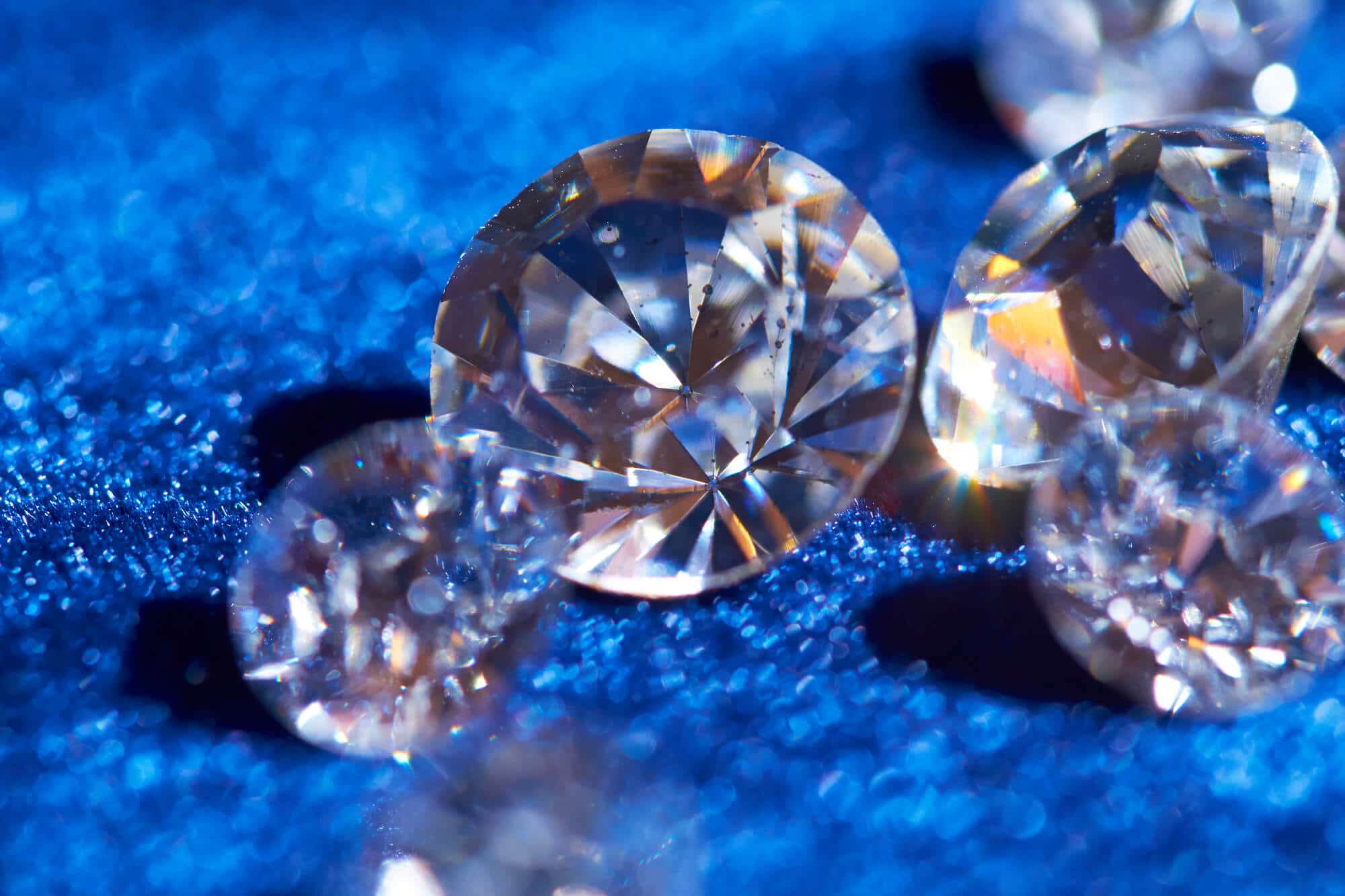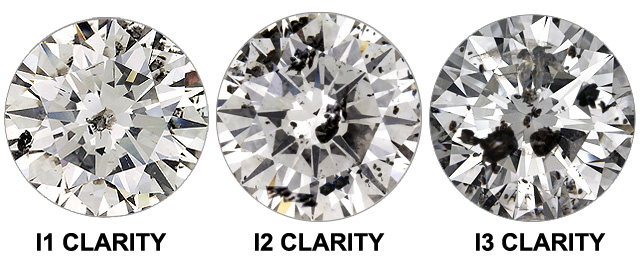

The first generation of brilliant cuts is the old mine cut, popular in the 1700s. Shape consistency and symmetry was of less importance than play of light. This was the first attempt to create a diamond cut shining for centuries. This way, light could travel further and bounce back and forth inside the diamond, creating ‘fire’. To level up the refraction factor, jewelers started making the bottom part of the diamond longer and the culet slightly more pointy. Diamonds were still cut by hand, with cutters using only their eyes and dim light or daylight to measure the precision of their work.

They complement colored stones like emerald, garnet, ruby and kyanite, because the single cut reveals a whiter color that helps accentuate these stones more fully, without all the distracting fire of a modern diamond.įast forward two centuries later, cutting skills and techniques had evolved, but lighting conditions hadn’t. These days, single cut diamonds are generally used as side stones or low-cost diamond jewelry like watch dials, tennis bracelets, earrings and gemstone jewelry. Single cut diamonds can be identified by their large, flat table (the surface on the top of the stone). That’s because it’s designed with eight facets on the crown, eight facets on the bottom half of the diamond, and generally an additional single table facet on the top of the crown, making it a total of 17 facets. The single cut is also known as an “eight cut” and sometimes referred to as “huit huit”, from the French “huit”, meaning eight.

It has an octagonal girdle (the side edge of the diamond). The single cut was a big step forward in diamond cutting and is a very simple form of the round cut diamond. The single cut diamond is one of the earliest and most basic of cuts, dating back to the 1600s. And since each stone has a unique shape, each setting is crafted individually. Polki diamonds are often used in multiples rather than a solitaire like the modern brilliant cut diamond. Is polki diamond jewelry worth buying? The diamonds themselves don’t have much resale value, it’s the jewelry that’s time-consuming and needs a lot of skill. They’re less valuable than ordinary cut diamonds. They tend to be cloudy, included, lower color grade and without the faceting that gives diamonds their brilliance and appeal.

Polki diamonds ooze a raw, rustic, old-world charm. Though they lack brilliance and fire, polki cuts do give a soft sheen. The stone is generally small with a flat bottom, similar to diamond slices, but much thicker. Polki diamonds are often described as uncut, because of their polished planes rather than facets. They often retain their original rough form and have an unfaceted, polished surface. Polki diamonds supposedly go back 2,500 or even 3,000 years to India, the motherland of all diamonds long before Western cutting methods were seen there. Let’s start with the oldest one: the polki diamond. There are a range of cutting techniques that fall under antique cuts. Of course, these beauties come with questions - are they better than newly cut stones? Are they worth the hype? What's so special about old cut diamonds? Are those twinkles enough to make me swoon? See what we mean with one glance.go ahead, take the plunge - you won’t regret it! So if you’re looking to inject some soulful chutzpah into your jewelry collection, look no further than old cut diamonds. If you ask me, old cut diamonds are the way to go – but not because they’re old! When you choose an old cut diamond, you know your jewelry is bound to impress throughout the generations. Antique diamond cuts often have imperfect facets and quirky, asymmetrical features so common in diamonds measured by eye and cut by hand. And old cut diamonds tell tales with every facet in a way mere modern cut diamonds can't match. Let's just say - we like our diamonds with a bit of character. Just about everyone wants a natural diamond, but not everyone wants the same style or cut.


 0 kommentar(er)
0 kommentar(er)
